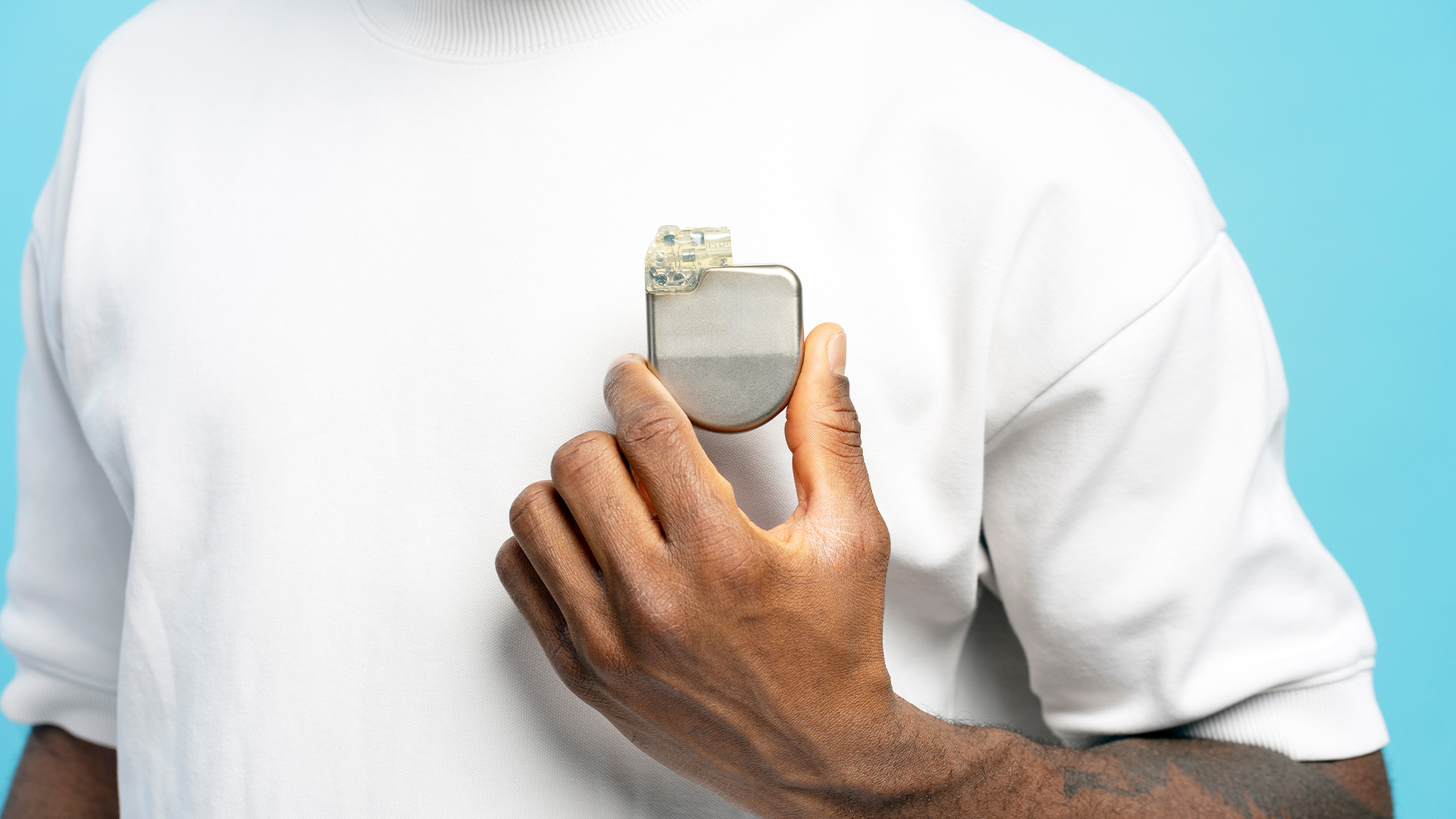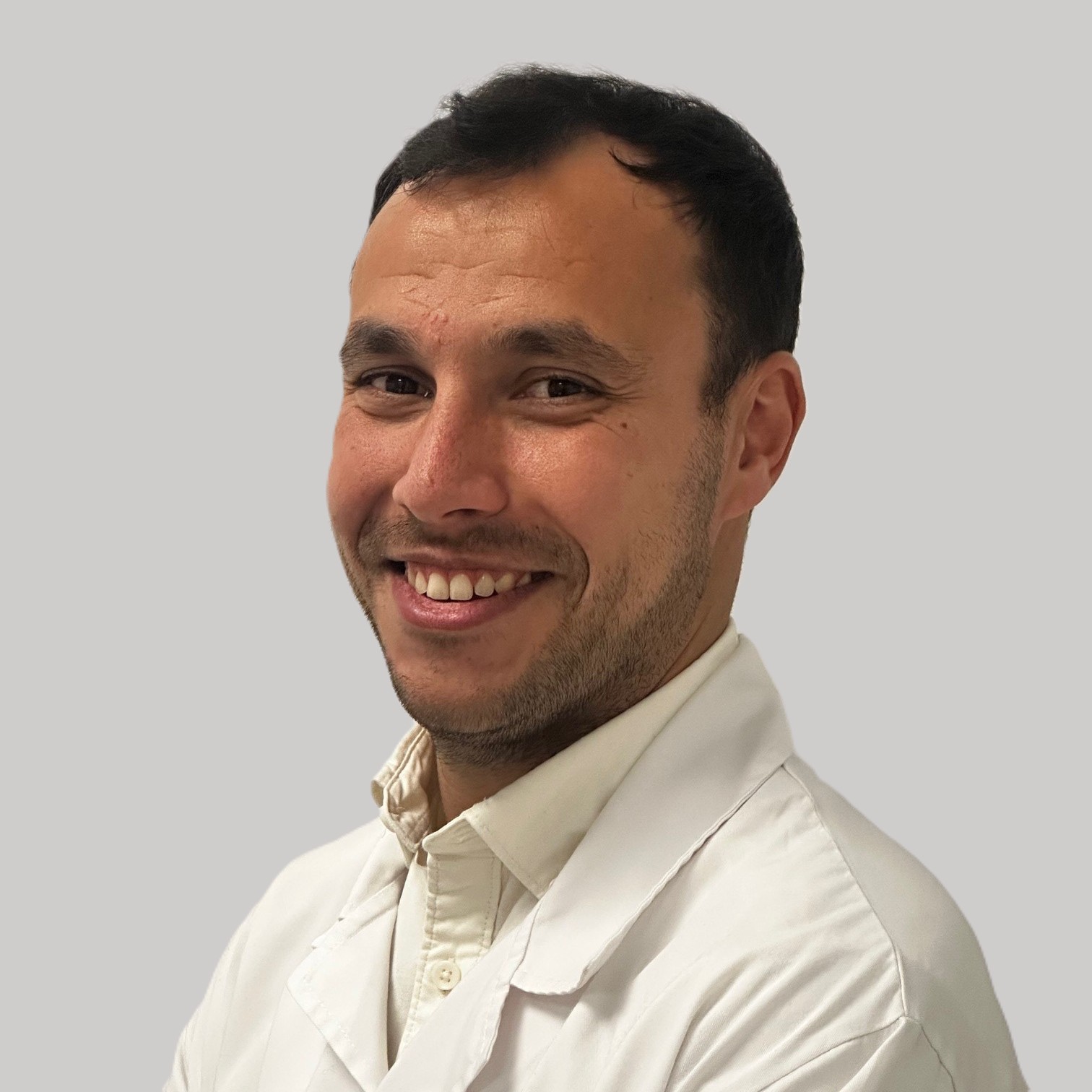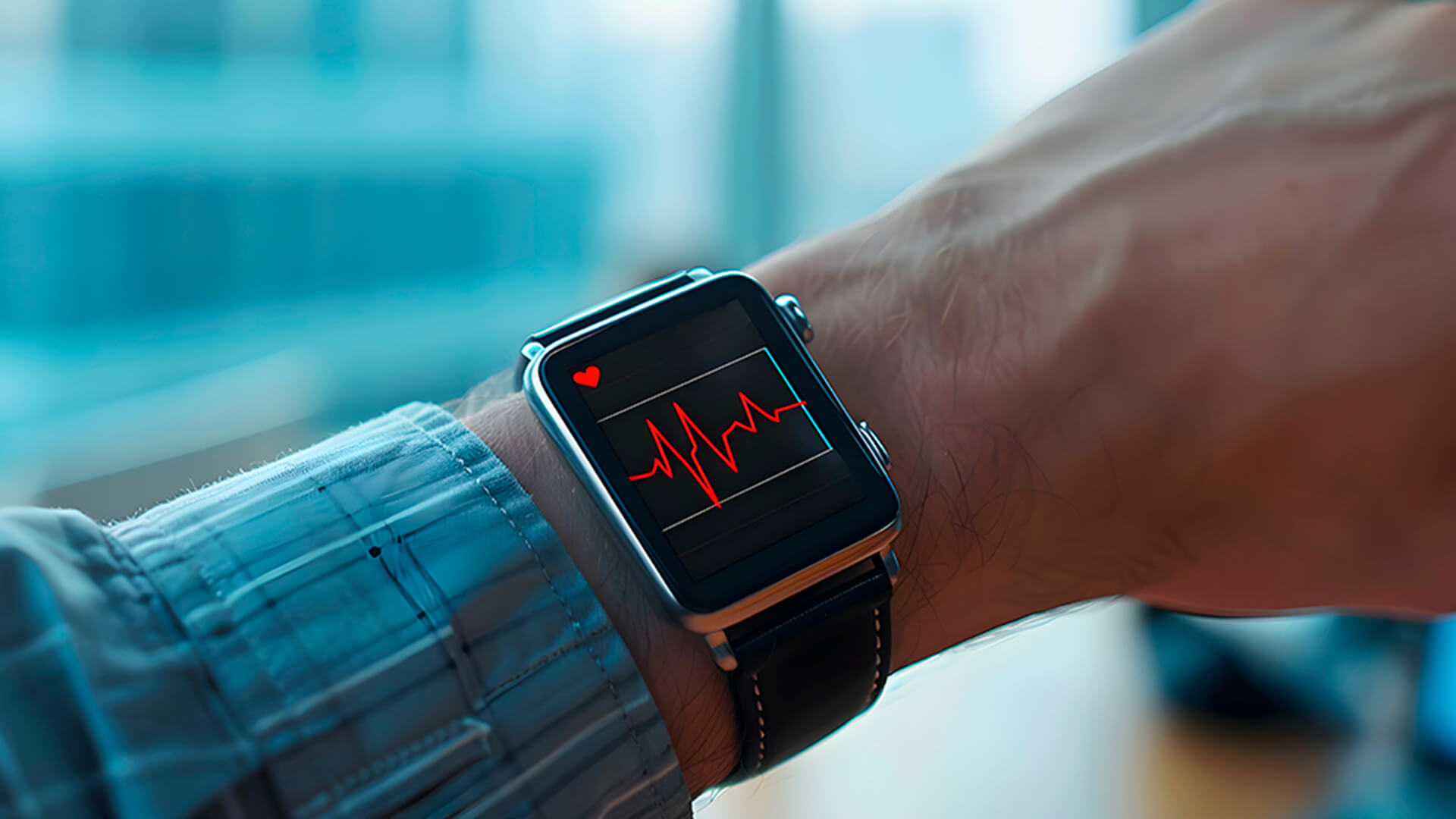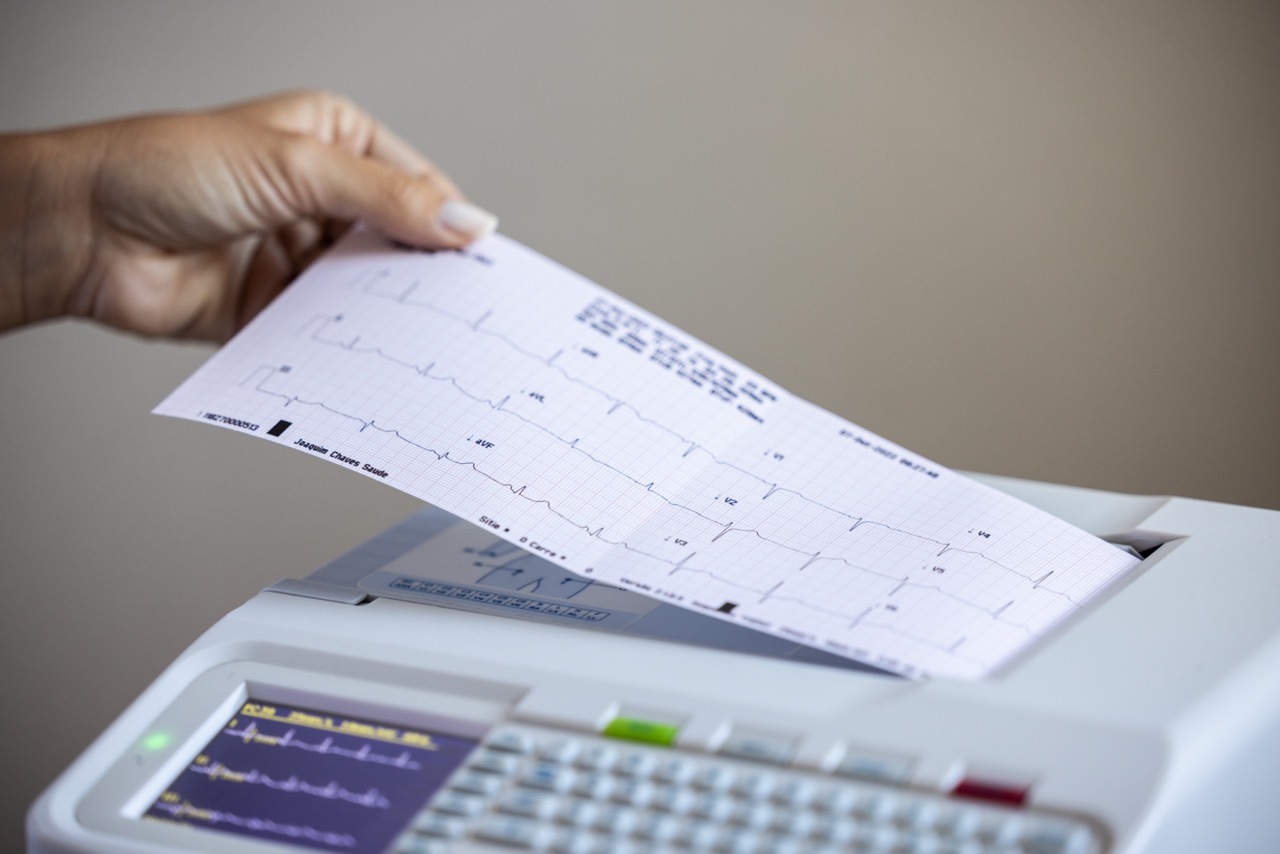Did you know that one in every 1000 people in Portugal lives with a pacemaker? Getting a pacemaker can raise many questions, as this is a device that stays with you forever and is essential to your life and well-being.
This article tells you everything you need to know about pacemakers: how they work, what they’re for, when they’re needed and precautions to take after implantation.
Pacemaker: what is it?
A pacemaker is a small device that helps regulate the heartbeat. It is comprised of a generator with an internal battery, connected to the heart through one or more electronic leads that monitor the heart rate continuously.
When the device detects that the heart is beating too slowly or with extended pauses, the pacemaker delivers mild electrical impulses that restore a regular heart rate, to ensure adequate blood circulation for the body to function properly.
This system functions automatically, without the patient having to worry about its daily operation. Furthermore, some pacemakers are also able to adjust to physical activity and the body’s needs in real time. Some models also allow remote monitoring, which facilitates clinical follow-up by the medical team.
Following implantation, the patient is given the pacemaker’s identification card. This ID card contains crucial information, such as the device’s type and model, date of implantation and the responsible clinic. It is essential that the patient carries the card at all times (especially when travelling, passing through security devices or for medical appointments), to guarantee informed actions by healthcare professionals or authorities.




